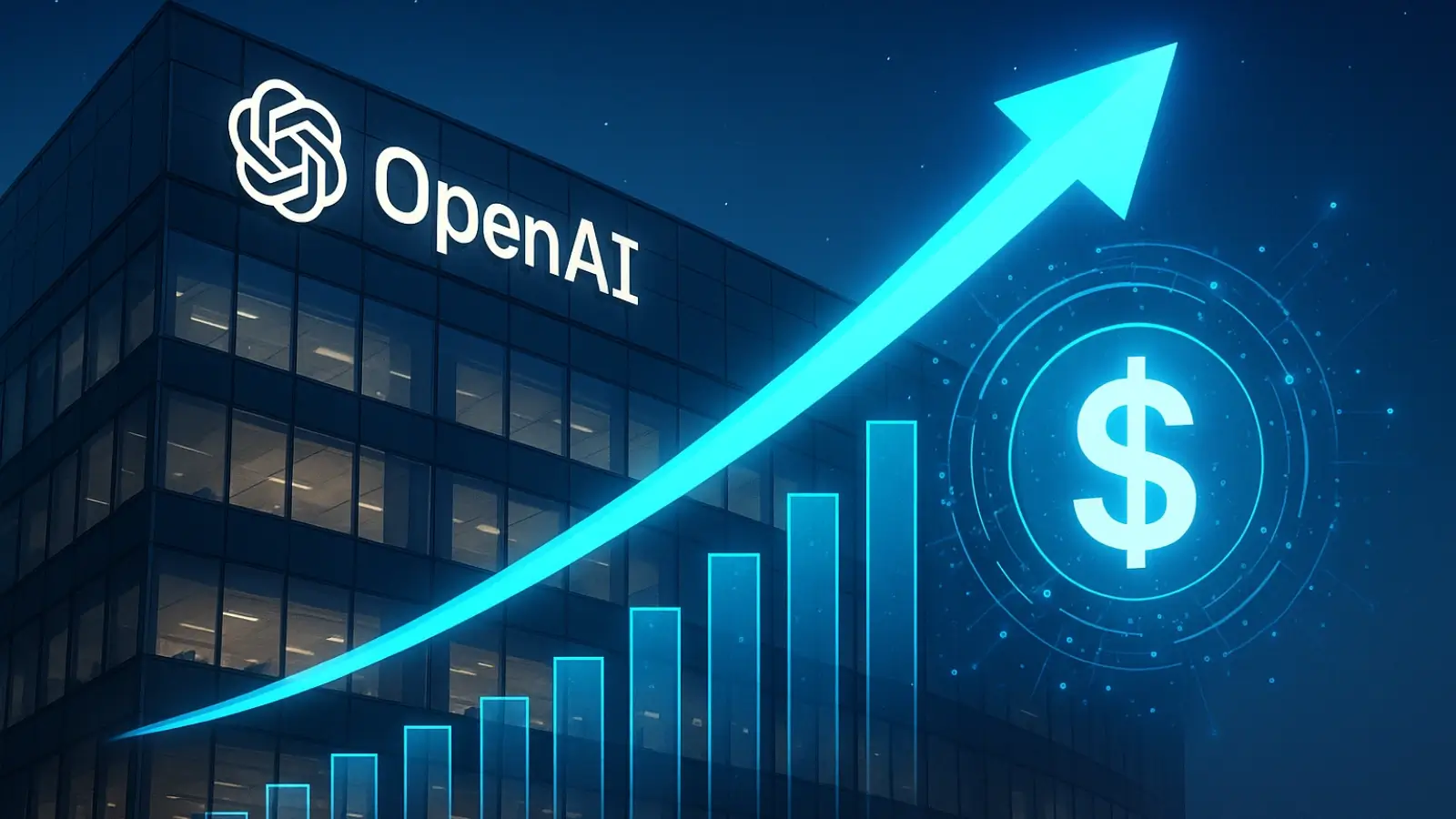


When you order something online or pick up a product off the shelf, you’re likely focused on what’s inside the box — the product you paid for. But what about the packaging itself? Cardboard, plastic wrap, Styrofoam inserts, tape, twist ties, bubble wrap — all of these materials are designed to protect, present, and transport items. However, they come with a hidden cost: waste. Let’s take a closer look at what’s really inside your packaging and how it all adds up.
Packaging is often multilayered, especially for items sold online. A typical product might include:
Primary Packaging – This is what directly contains the product, such as a plastic bottle for shampoo or a cardboard box for a phone.
Secondary Packaging – This provides additional protection or branding, like a printed sleeve around the box or a branded shopping bag.
Tertiary Packaging – Used mostly for shipping and handling, like corrugated cardboard boxes, bubble wrap, and pallets.
Every layer serves a function — protection, shelf appeal, shipping — but each also adds to the pile of waste we generate as consumers.
Globally, packaging makes up a significant portion of municipal solid waste. According to the U.S. Environmental Protection Agency (EPA), containers and packaging make up about 30% of municipal solid waste — more than any other category. That’s around 82 million tons annually in the U.S. alone.
While some materials like cardboard and aluminum are widely recyclable, others — such as multilayer plastics and polystyrene foam — are not. These materials often end up in landfills or, worse, the ocean, where they take hundreds of years to decompose.
Let’s break down the most common packaging materials:
Cardboard (Corrugated Fiberboard): Used in most shipping boxes, cardboard is relatively sustainable. It’s biodegradable, and box manufacturers often use recycled content. It’s one of the most recycled materials, with recovery rates above 90% in some regions.
Plastic: Used in shrink wrap, air pillows, and blister packs. While lightweight and durable, plastic is problematic. Only about 9% of plastic waste is recycled globally, and the rest lingers in landfills or ecosystems.
Polystyrene (Styrofoam): Often found in takeout containers or as cushioning, this material is not biodegradable and rarely recycled. It crumbles easily, adding to microplastic pollution.
Glass and Aluminum: More common in food and beverage packaging. These materials are highly recyclable and can be reused indefinitely without loss of quality.
Paper and Paperboard: Used for cereal boxes, cartons, and bags. While recyclable, these materials often contain coatings or dyes that complicate the recycling process.
Packaging waste contributes not just to landfill overflow but also to greenhouse gas emissions. Manufacturing new packaging materials consumes energy and raw materials, while incinerating or landfilling waste releases carbon dioxide and methane — potent greenhouse gases.
Additionally, the transportation of packaging materials contributes to pollution. Lightweight plastics may seem efficient, but their production involves petrochemicals and heavy industrial processes.
Change is happening, slowly but surely. Many companies are adopting eco-friendly packaging — reducing material use, switching to biodegradable options, or designing for recyclability. Consumers can help by choosing products with minimal or sustainable packaging and recycling materials properly.
Meanwhile, innovations like mushroom-based foam, seaweed packaging, and compostable bioplastics offer glimpses of a future where packaging doesn’t have to be wasteful.